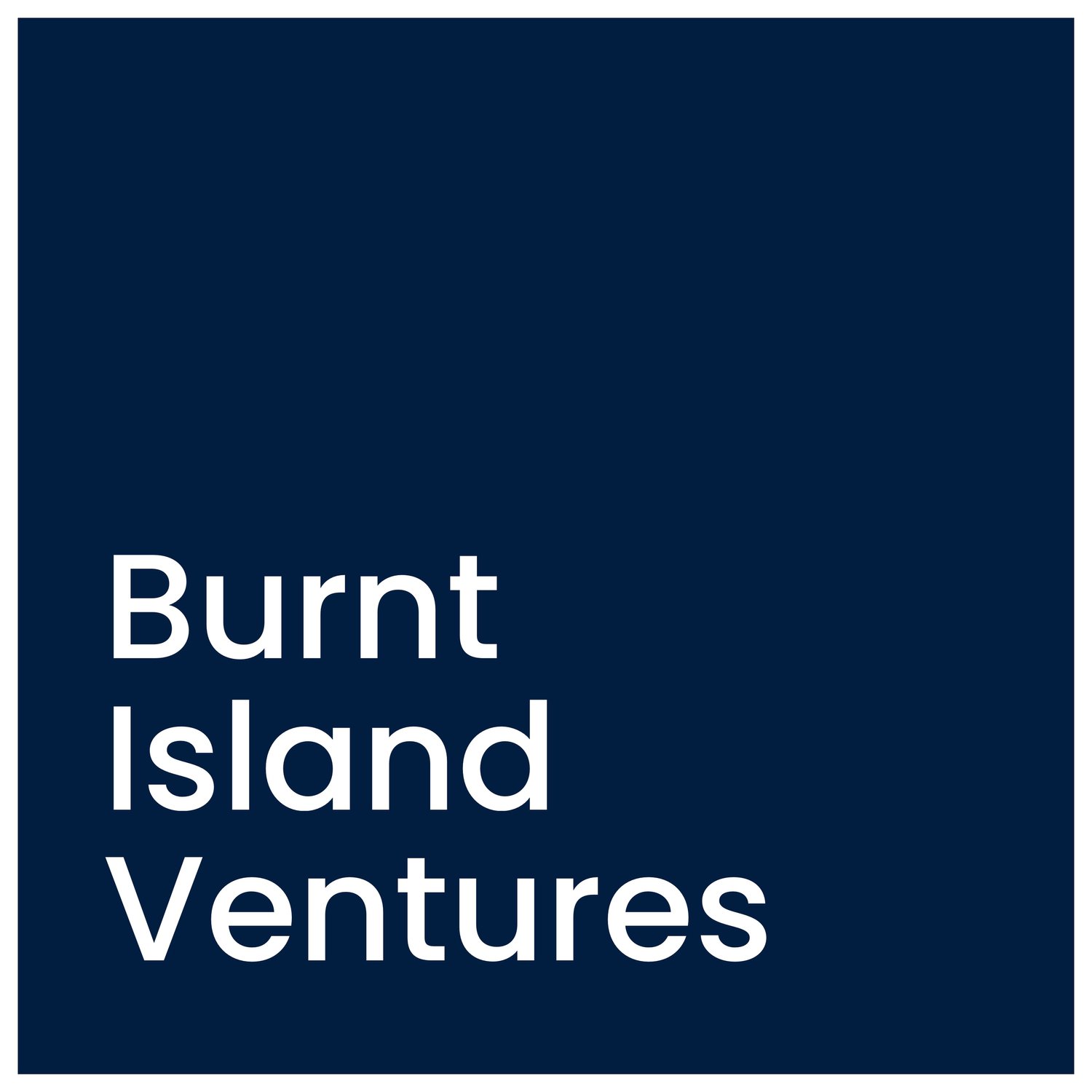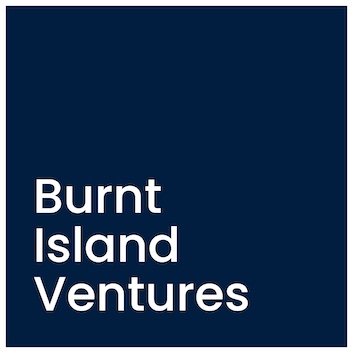Why You Really Shouldn’t Worry About Water’s Exit Market
In January, we predicted that the water sector would see at least three $1 billion-plus transactions this year. Last week, the fifth landed. The blitz of transactions so far in 2025 illustrates both the criticality of water, as a perfect storm hits the sector, as well as the expansion of buyers for high-quality water companies.
These billion dollar deals span private equity, strategics, infrastructure operators, and public entities:
EQT took on Seven Seas Water Group, an outsourcing provider of water-as-a-service, for $1 billion.
Glenwood Private Equity bought LG Chem’s global reverse osmosis membrane business for $1 billion.
ThermoFisher acquired Solventum’s Purification & Filtration business for $4.1 billion.
Western Midstream announced the $1.5 billion acquisition of Aris Water Solutions, who provide produced and recycled water infrastructure in the Permian Basin.
Last week, Skion announced the sale of Ovivo’s Ultra-Pure Water business to Ecolab for $1.8bn in cash. Note that the entire Ovivo business cost $142m to take private in 2016 (well done, Skion!).
Also:
DuPont reversed course in January and decided to not to sell its water business, probably worth ~$5 billion, noting the “attractive outlook for Water”.
Connecticut quasi-public authority acquired Aquarion Water Company in January for $2.4 billion from Eversource Energy.
What could be the reason for the acquisition spree? Water is a $1.6 T/y sector that underpins 60% of global GDP - and when demand rises above supply, water has to be solved. - The recent blocking of an Amazon data center in Tucson over water concerns, despite promises for the project to be “water positive”, accentuates the point.
Water is getting hit multiple ways now:
Rainfall patterns are changing, leading to both a higher frequency and higher intensity of droughts and extreme rain events. Layer on top of this population growth, migration, and development in the Global South and it’s a picture of deep and worsening water stress.
The tech economy is awfully thirsty, including data centers, semiconductor chip production, and mining.
Infrastructure in the US and Europe, much of it built shortly after World War II, is aged and crumbling (imagine if your kid brought home this report card).
A new class of pollutants have emerged, including PFAS, microplastics, and pharmaceuticals, and harmful algae blooms are increasing, causing regulators in Europe, the US, and elsewhere to take action.
Investment in water is increasing, and so are water rates - the global average in water and wastewater rates charged by utilities increased annually by a whopping 10.7% in the last survey by Global Water Intelligence.
The deliberate building of water platform companies is now an unmistakable trend, with both the balance sheet and strategic rationale to keep buying. The depth is remarkable. Consider New Mountain’s two water strategies. The recent tie-up of Azuria and Inframark creates a $2 billion-revenue operator with national reach, positioned to integrate technologies that improve efficiency, compliance, and resilience. On the other side, Advanced Drainage Systems continues to add adjacencies in onsite wastewater.
Deeper into the Private Equity landscape, KKR and XPV’s Axius Water has quietly been a serial acquirer in nutrient management that will eventually yield a very large transaction. Baird’s Cleanwater1 has executed multiple add-ons in chemical feed, controls, and optimization. Bain Capital Double Impact is scaling AqueoUS Vets into one of the largest PFAS treatment providers in the U.S.. Ember Infrastructure took H2O Innovation private in December, 2023, immediately adding NextEra’s distributed treatment business. M33 took a controlling stake through a growth round in SwitftComply, a Burnt Island Ventures (BIV) portfolio company, in January, to create a software platform for water utilities. XPV created the new “platform” Opus Water to much fanfare in June, to provide products for “healthy and resilient water infrastructure and networks”.
For a venture portfolio like BIV’s, these platforms matter. They are natural acquirers of venture-backed technology that can deliver a step-change in performance, operating cost, operating simplicity, and enhanced multiples. Whether it is PFAS treatment, reuse-ready process systems, AI-enabled utility operations, or membrane and sensor innovations, the scarcity value of companies that offer a distinct edge to these platforms is rising.
Strategic acquirers like Xylem, Veolia, Nijhuis Saur, Veralto, Ecolab and Badger (among many others) remain in the hunt for solutions that improve asset utilization, reduce non-revenue water, and cut energy intensity. Autodesk, Siemens and Schneider Electric are deliberately building into the space. Infrastructure funds and GP-led continuation vehicles—from EQT to KKR—are structuring themselves to hold platforms longer, grow them via add-ons, and monetize multiple times. Even public and quasi-public operators, as the Aquarion deal shows, are willing to transact for bundled technology and services that secure long-term performance.
Companies still need to build sensibly to capture the value from the willingness and ability to pay for top-tier acquisitions. Recurring revenue models, strong unit economics, and demonstrable fit with a buyer’s workflow will add tailwinds to multiples. Premium pricing will be determined by proof, not promise: buyers want clear, repeatable deployments, a proven implementation playbook, and documented operating or capital savings. Deployments with the eventual buyer’s own customers or assets shorten timelines and improve deal terms. Market depth and breadth for technologies will be predictably important.
But what about the supply side? It’s all very well that the demand side is set up, but they have to have assets to purchase. Companies need to get big enough, fast enough to prove themselves in the market, and prove the case to potential acquirers (both incumbents and private equity - or even the public markets) that they are an asset that they want to own.
We underwrite to a specific exit pathway for every BIV company. It’s one of the blessings of being a specialist. We know the pool of potential acquirers, their motivations, their tech stack, their customers, so we can layer that consideration on to our appraisal of a given company. If we do this well, we can enter situations where we think there are asymmetries that will serve the BIV company well at exit.
Like every other investor, we want acquirers to pay a high price, because high prices mean higher returns for our LPs. We see the key determinants of price (or tailwinds to value) of having seven discrete components:
Gross Revenue: Has the company grown enough to get to a revenue number that will be material to the acquirer?
Growth Rate: Have they got to that revenue level while maintaining a growth rate against an expanding revenue denominator that would suggest that overall revenues will continue to accelerate?
Margins: Are the margins wide enough that the acquisition will be accretive to the overall margin profile of the acquirer (or at least have a pathway to being so)?
Product Differentiation: Is their product (or suite of products) meaningfully differentiated such that it is a no-brainer for customers, and a large source of durable competitive advantage for the acquirer?
Management Quality: Have management proved themselves to be exceptional operators, meeting the challenges of each phase of growth, and committed to the period of earn-out, and transfer of management?
FOMO: Is the product (or suite of products) a game-changer in a market with stable market shares among the incumbents, such that if one acquirer takes on the company, it will threaten the other players in the market (ideally existentially)?
Private Equity: Does the profile of the company lend itself to the Private Equity model (e.g. ability to absorb leverage, depth of market to have significant growth prospects/adjacencies beyond the 5-year hold period)?
To (self-servingly) illustrate, consider BIV’s first three positions in Growth Fund I (two of which are major positions in Fund I).
Aqua Membranes has made the first step change improvement to the spiral wound module in decades, a $5B/yr business that is the workhorse of the $25B/yr desalination business (growing at 11% p.a.). The tech enables higher water recoveries, lower energy consumption, increased water production, reduced fouling and cleaning chemical use, as well as enables dramatically improved RO system designs - including making them 20%+ smaller for the same output. This is a technology that incumbents will very much want in their own portfolios, and want to keep out of their competitors. With revenue expanding 100% p.a., and a step-change in margins from new production technology, Craig and the team (all excellent) are in good shape.
Irrigreen’s digital irrigation tech makes a dramatic improvement over the 1980s (and still standard) mechanical sprinkler heads, with certified 50% water savings. It’s a game-changer for their channel, as contractors need to do ~50% less trenching, and the time savings mean they’re twice as profitable for each job. The technical capabilities including fertigation mean that maintenance contracts are far less expensive to service. The technical moat is so deep, and the lawn care/landscaping market is in the middle of the PE crosshairs. Their sequential markets are equally attractive, in commercial turf and landscaping, followed by agriculture. They are already garnering attention from huge companies adjacent to the irrigation market, which will further strengthen their exit tailwinds.
Daupler is rapidly emerging as the new paradigm for emergency response management in water and wastewater utilities. Not only that, they can handle the full stack of municipal services (from solid waste to potholes) for major cities like Oakland. This year will mark their first deployments with investor-owned power utilities, a $100m ARR opportunity alone. They were really (and I mean really) early to the idea of highly specific, vertical AI (small language models), and their data moat is exponential. Critically, their accuracy is c.100% in a market where you cannot get anything wrong - not AI’s general forte. With zero churn and 118% net revenue retention, there is a financial engine here that can bear a lot of leverage when the time comes.
Caution is still required. Inflation and subsequent rate tightening could slow larger leveraged buyouts (or the economics of cash exits) and impair the economics of existing ones. It helps that infrastructure funds, for example, have long-dated capital and are increasingly comfortable using continuation funds. Rate rises may impair capital access for utilities, even though 2025 will be another record outlay in capital and operating expenditure in the US. Political stress has never been less easy to predict, but in the US, bipartisanship over water (is there anything else left?) is a good sign. Rules implementation is unpredictable, so founders need to design and implement go-to-market strategies that are not overly dependent on a single state or policy.
The market is precisely where we would want it to be, and none of what we thought would be true is getting any less true. While water is getting more obvious, it remains underappreciated at the seed stage through the early growth stage. The exit market understands the myriad strengths of proven business models and technology. The job of the Islanders, then, is to build into the strike zone. If they do, there is no shortage of players who will jostle to swing.

